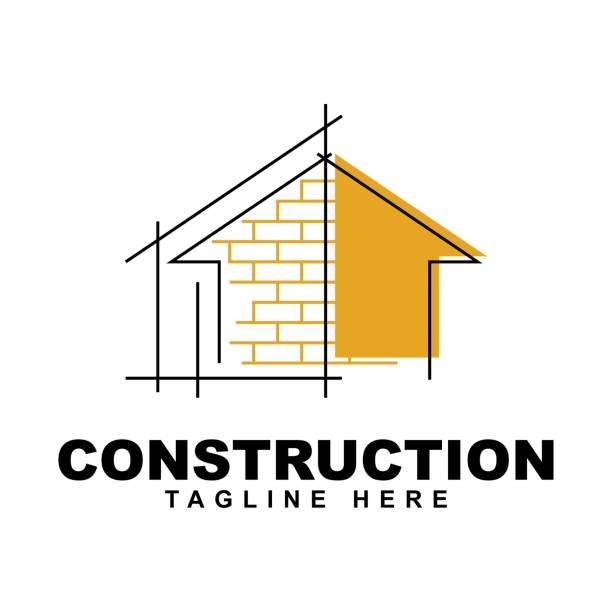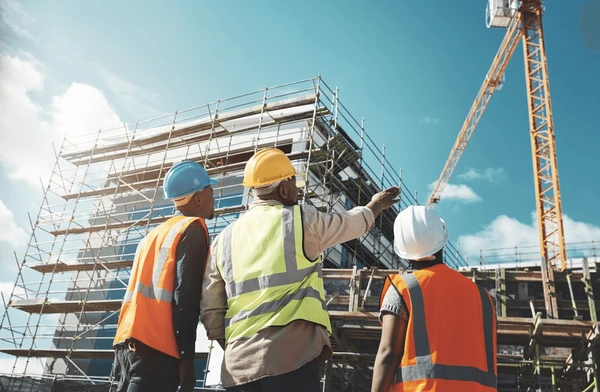ntshttp://estatenirmannigam.in

http://estatenirmannigam.in, I will cover various aspects, including the definition and types of apartments, their history and evolution, architecture and design, amenities and services, regulations and legal considerations, costs and pricing, market trends, benefits and drawbacks, and
tips for renting or buying an apartment. Let’s begin:
Introduction
An apartment, also known as a flat in some
countries, is a residential unit within a building that contains multiple dwellings. Apartments are a popular housing option in urban areas due to their convenience, affordability, and availability.
Types of Apartments
Studio Apartments: A single-room unit that combines the living room, bedroom, and kitchen. Often includes a separate bathroom.http://estatenirmannigam.in
One-Bedroom Apartments: Contains a separate bedroom along with a living room, kitchen, and bathroom.
Two-Bedroom Apartments: Features two separate bedrooms, a living room, kitchen, and bathroom.
Loft Apartments: Often found in converted industrial buildings, lofts offer open, spacious floor plans with high ceilings and large windows.http://estatenirmannigam.in
Duplex/Triplex Apartments: A duplex consists of two connected apartment units, either side by side or one above the other. A triplex consists of three units.
Penthouse Apartments: Located on the top floor of a building, offering luxury features such as spacious http://estatenirmannigam.inlayouts and panoramic views.
Garden Apartments: Typically found on the ground floor

with access to outdoor spaces such as gardens or courtyards.
Co-op Apartments: In a housing cooperative, residents own shares in the cooperative that gives them the right to live in a particular apartment.
Condominium Apartments: Residents own their individual units, while common areas and amenities are shared.
Micro-Apartments: Small living spaces designed to maximize efficiency and cater to young professionals or students.http://estatenirmannigam.in
History and Evolution of Apartments
Early Apartments: Multi-family housing structures have existed since ancient times, with early examples found in Rome and other cities. These were often multi-story buildings with shared facilities.
19th and Early 20th Centuries: With the growth of urban centers during the Industrial Revolution, apartment buildings began to increase in popularity. Technological advancements such as the elevator and steel frame construction facilitated the rise of taller buildings.http://estatenirmannigam.in
Modern Apartments: After World War II, the demand for housing grew significantly. Apartments continued to evolve with improved designs and amenities. Today, apartments range from affordable units to luxury residences.
Architecture and Design
Building Materials: Modern apartments are constructed using materials such as concrete, steel, glass, and brick, ensuring structural integrity and durability.http://estatenirmannigam.in
Design: Apartments can vary in design, from traditional to contemporary. Open floor plans, ample natural light, and energy-efficient features are common in modern apartments.
Layout: Efficient use of space is a hallmark of apartment design. This includes multipurpose rooms, modular furniture, and clever storage solutions.
Amenities and Serviceshttp://estatenirmannigam.in

Basic Amenities: Most apartments include standard amenities such as water, heating, http://estatenirmannigam.inelectricity, and gas services.
Building Amenities: Depending on the building, amenities may include elevators, laundry facilities, parking, and secure access.
Luxury Amenities: High-end apartments may offer pools, gyms, saunas, rooftop terraces, and concierge services.
Smart Home Features: Modern apartments may include smart home technology such as automated lighting, thermostats, and security systems.
Regulations and Legal Considerations
Zoning Laws: Local zoning laws regulate the use and development of land, which affects where and how apartments can be built.

Building Codes: These establish safety standards for apartment buildings, including fire safety, electrical wiring, and structural integrity.
Tenant Rights: Renters have legal protections that vary by location, such as the right to a safe and habitable dwelling, protection against discrimination, and the right to fair eviction procedures.
Landlord Responsibilities: Landlords must comply with laws regarding maintenance, repairs, and timely return of security deposits.
Costs and Pricing
Rent: Rental prices vary based on factors such as location, apartment size, and amenities.
Utilities: Tenants may be responsible for paying some or all utility costs, including water, gas, and electricity.
Maintenance Fees: For condominiums, residents may pay monthly fees to chttp://estatenirmannigam.inover maintenance of common areas and amenities.
Taxes: Condominium owners may be subject to property taxes based on the assessed value of their unit.
Market Trends
Urbanization: The trend of urbanization has led to increased demand for apartments, especially in city centers.
Sustainability: Green building practices and energy-efficient designs are becoming more popular in apartment construction.
Remote Work: The rise of remote work has influenced the demand for apartments with extra space for home offices.
Benefits and Drawbacks
Benefits:

Convenience: Apartments are often located in urban areas, offering easy access to work, transportation, and amenities.

Affordability: Renting an apartment can be more cost-effective than buying a house,http://estatenirmannigam.in especially in

expensive markets.
Community: Living in an apartment building can foster a sense of community among residents.
Drawbacks:http://estatenirmannigam.in
Space: Apartments may have limited space compared to houses, which can be a challenge for larger families.
Noise: Living close to neighbors can result in noise issues.
Regulations: Some apartment complexes have strict rules regarding renovations, pets, and other activities.
Tips for Renting or Buying an Apartment
Research the Market: Understand the local rental or sales market to get a sense of prices and availability.
Visit Properties: Tour multiple apartments to compare features and amenities.
Read Contracts Carefully: http://estatenirmannigam.inPay attention to lease terms, fees, and responsibilities.
Check Reviews: Online reviews can provide insight into the experiences of other residents.
Consider Location: Evaluate proximity to work, public transportation, and other amenities.
Understand Maintenance Responsibilities: Know what the landlord or building management is responsible for versus the tenant.
Conclusion
Apartments are a versatile and popular housing option that offers a range of styles, amenities, and price points. Whether renting or buying, it’s important to consider factors such as location, amenities, and regulations when choosing an apartment. As urbanization and housing trends evolve, apartments will continue to play a key role in meeting the housing needs of individuals and familyhttp://estatenirmannigam.in

